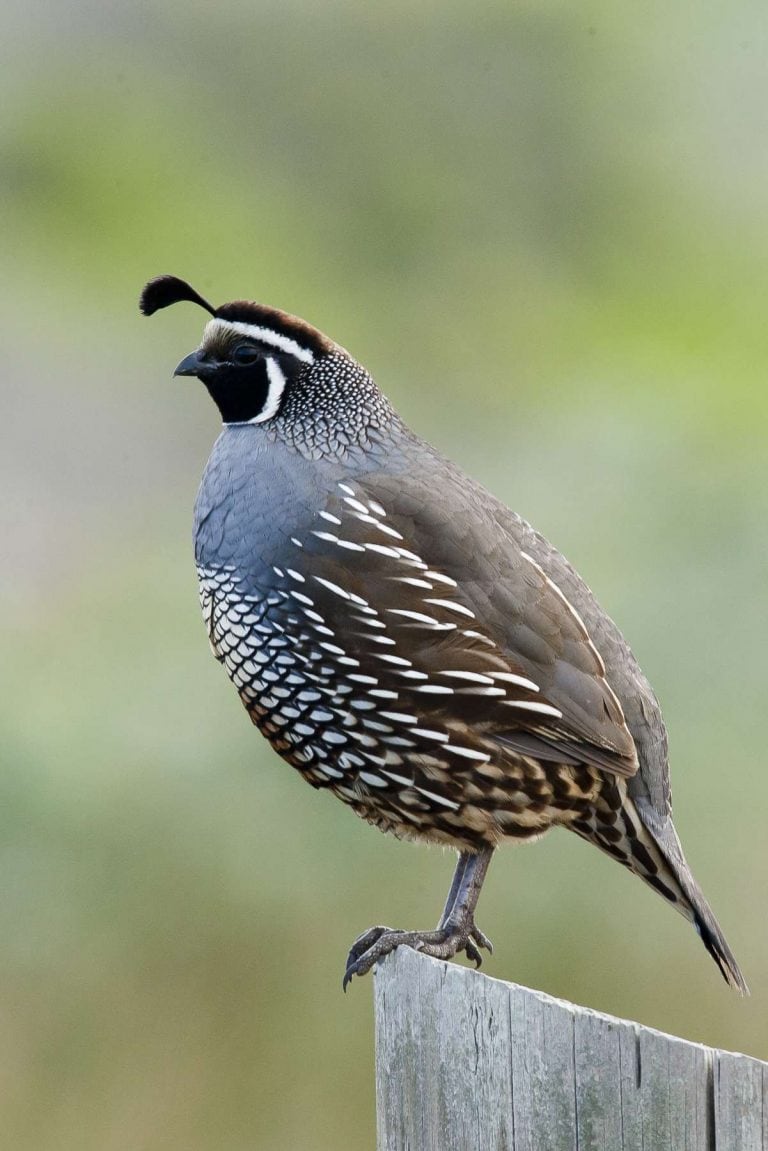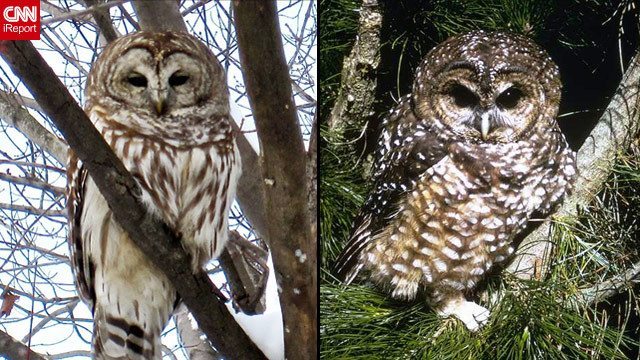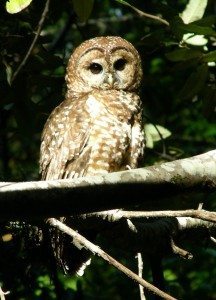Winners/losers in Oakland’s Christmas Bird Count
By Bob Lewis
This year will be the 113th year of Christmas Bird Counts in North America. Golden Gate Bird Alliance sponsors two counts in our region, centered in San Francisco and Oakland. Although Christmas counts are great fun and an opportunity to meet other birders, see a variety of birds and get a good understanding of what birds are available in our area, they also have a more serious side.
The National Audubon Society has made the results of all counts available to everyone at www.audubon.org/bird/cbc/hr/index.html. This Citizen Science data is used by environmentalists and ornithologists to understand population changes, and consider actions that might help to minimize the loss of endangered species.
Recently I took a look at data from the Oakland Count to see what it might say.
For a variety of reasons, it was easy for me to look at the data from 1974 to 2011. This is a 38-year period. I divided it in half, and compared the years 1974-1993 with 1994-2011. Over this period, the population of Alameda County increased over 40 percent. Another development that potentially affected bird populations was the Oakland Hills fire in 1991, just before the beginning of the second period.
I averaged the count data over each period, and applied some statistical tests to the results. Here’s what I found, for the top 20 increases and decreases:
|
Birds with increasing populations |
Birds with decreasing populations |
||||
|
Species |
% incr. |
Avg(1) |
Species |
% decr. |
Avg(2) |
| Common Raven |
1258 |
146 |
White-winged Scoter |
95 |
199 |
| Red-shouldered Hawk |
978 |
29 |
Bonaparte’s Gull |
94 |
164 |
| Pygmy Nuthatch |
362 |
95 |
Northern Pintail |
90 |
1599 |
| American Crow |
302 |
386 |
Red Knot |
88 |
117 |
| Common Merganser |
276 |
87 |
Horned Lark |
87 |
45 |
| Hairy Woodpecker |
222 |
23 |
Pine Siskin |
84 |
891 |
| Black Phoebe |
177 |
186 |
Ruddy Turnstone |
77 |
22 |
| Townsend’s Warbler |
171 |
125 |
California Quail |
77 |
432 |
| Greater Yellowlegs |
158 |
60 |
Glaucous-winged Gull |
76 |
1386 |
| Black-necked Stilt |
121 |
162 |
Loggerhead Shrike |
75 |
26 |
| Wood Duck |
116 |
17 |
Brandt’s Cormorant |
74 |
107 |
| Cinnamon Teal |
110 |
40 |
Red-throated Loon |
72 |
44 |
| Marsh Wren |
99 |
10 |
American Pipit |
68 |
196 |
| Acorn Woodpecker |
97 |
39 |
Canvasback |
65 |
1356 |
| Nuttall’s Woodpecker |
85 |
88 |
European Starling |
64 |
6154 |
| Rock Pigeon |
78 |
2124 |
Wilson’s Snipe |
63 |
33 |
| Gadwall |
76 |
152 |
Wrentit |
60 |
445 |
| Bufflehead |
65 |
2093 |
Brewer’s Blackbird |
60 |
1805 |
| Brown Creeper |
55 |
74 |
Burrowing Owl |
58 |
10 |
| Turkey Vulture |
37 |
183 |
Red-breasted Merganser |
57 |
90 |









